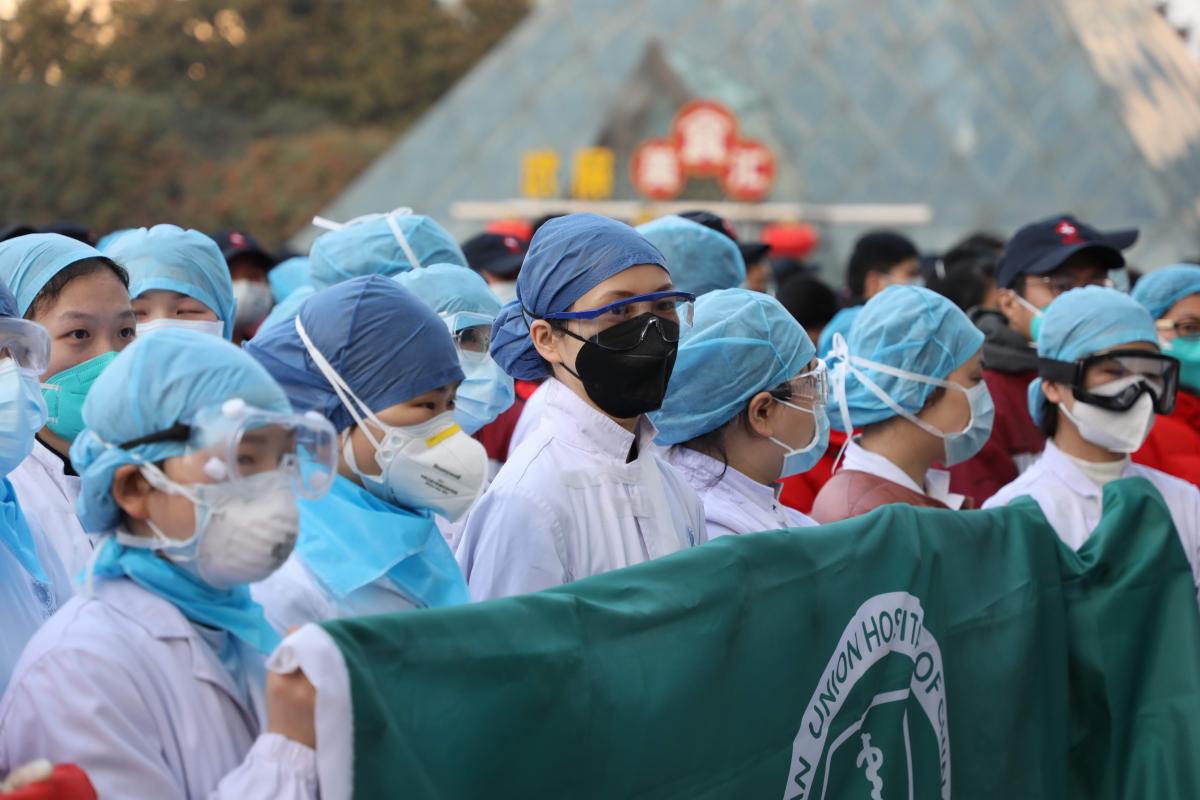When the central Chinese city of Wuhan went into lockdown on 23 January this year, it gave workers in the rest of the world a glimpse of what they could expect in the following months as the coronavirus pandemic inexorably spread around the globe.
Healthcare professionals and others in essential industries such as sanitation workers were immediately put under intense pressure, working excessively long hours, often with inadequate protective equipment. The situation was made worse by incompetent managers and local government officials whose inaction put both staff and patients at risk.

Factory workers were forced to sit at home, often without pay, because of travel restrictions and interruptions to the supply chain. Those who could return to work ran the risk of infection if their employer failed to implement the necessary safety measures.
There was a surge in demand for home deliveries of food and other supplies but, at the same time, there was a critical shortage of face masks and other protective gear that put warehouse and retail workers, delivery drivers as well as their customers at risk. If delivery workers chose not to take the risk and refused to work, they did not get paid.
As Covid-19 spread around the world, these themes were echoed in Iran, India, Europe and North and South America. And everywhere, it has been those at the very bottom of the social ladder, often migrant workers and ethnic minorities, who have felt the impact of the pandemic most acutely.
In New York City, the death rates for black and Hispanic people are twice as high as the rate for white people. In Singapore, the vast majority of Covid-19 infections are among the city’s 300,000 low-wage migrant workers who are forced to live in cramped, unsanitary dormitories away from residential and commercial centres.
In India, a staggering 400 million workers in the informal economy could be forced into even deeper poverty by the government’s nationwide lockdown, with members of the lowest castes, those who perform critical tasks that are widely considered menial or taboo, at the greatest risk.
The good news is that workers across China and around the world are fighting back and are determined to protect their health and economic interests in the face of the pandemic. The rural migrants who built the emergency hospitals in Wuhan took collective action to claim their wages in arrears, hospital staff in Shaanxi demanded payment of promised subsidies, and taxi drivers all over China demanded the cancellation of vehicle rental fees. In many of these cases, they were successful in forcing concessions from employers and local governments; this in spite of the fact that the official trade union did little or nothing to help.
In February, thousands of newly unionised healthcare workers in Hong Kong demanded the government close the border with China to stop the spread of the pandemic. When the locus of the pandemic shifted to Italy in March, the unions there threatened a general strike to ensure that essential workers were protected. In Spain, France and Poland, Amazon warehouse workers threatened strike action over gruelling working conditions, minimal protection and the risk of infection, and now their colleagues in the United States are following suit.
Workers across the globe have shown their willingness and ability to take action to protect their health and livelihoods. In many countries, trade unions have played a vital role in supporting workers by putting pressure on employers and governments. As a result, valuable concessions have been won, but there is still a very long way to go.
On this year’s May Day, it is more important than ever that we strengthen solidarity in the international labour movement, vigorously defend workers’ rights, support workers’ struggles across the globe, and make sure that workers’ voices continue to be heard.
